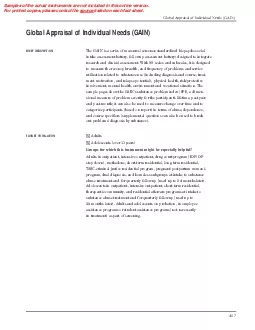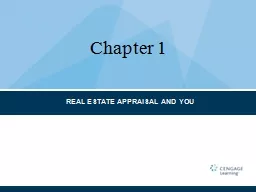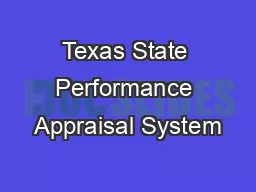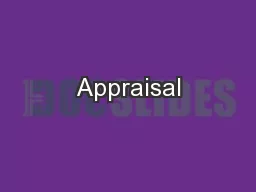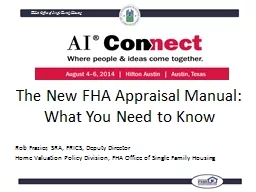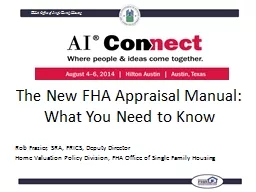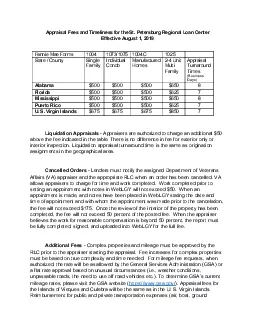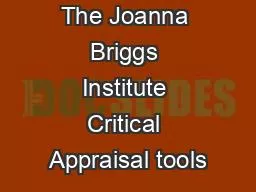PDF-Global Appraisal of Individual Needs GAIN
Author : emery | Published Date : 2021-09-26
Have reliability studies been done yes What measures of reliability was used Testretest Have validity studies been done yes What measures of validity have been derived
Presentation Embed Code
Download Presentation
Download Presentation The PPT/PDF document "Global Appraisal of Individual Needs GAI..." is the property of its rightful owner. Permission is granted to download and print the materials on this website for personal, non-commercial use only, and to display it on your personal computer provided you do not modify the materials and that you retain all copyright notices contained in the materials. By downloading content from our website, you accept the terms of this agreement.
Global Appraisal of Individual Needs GAIN: Transcript
Download Rules Of Document
"Global Appraisal of Individual Needs GAIN"The content belongs to its owner. You may download and print it for personal use, without modification, and keep all copyright notices. By downloading, you agree to these terms.
Related Documents

